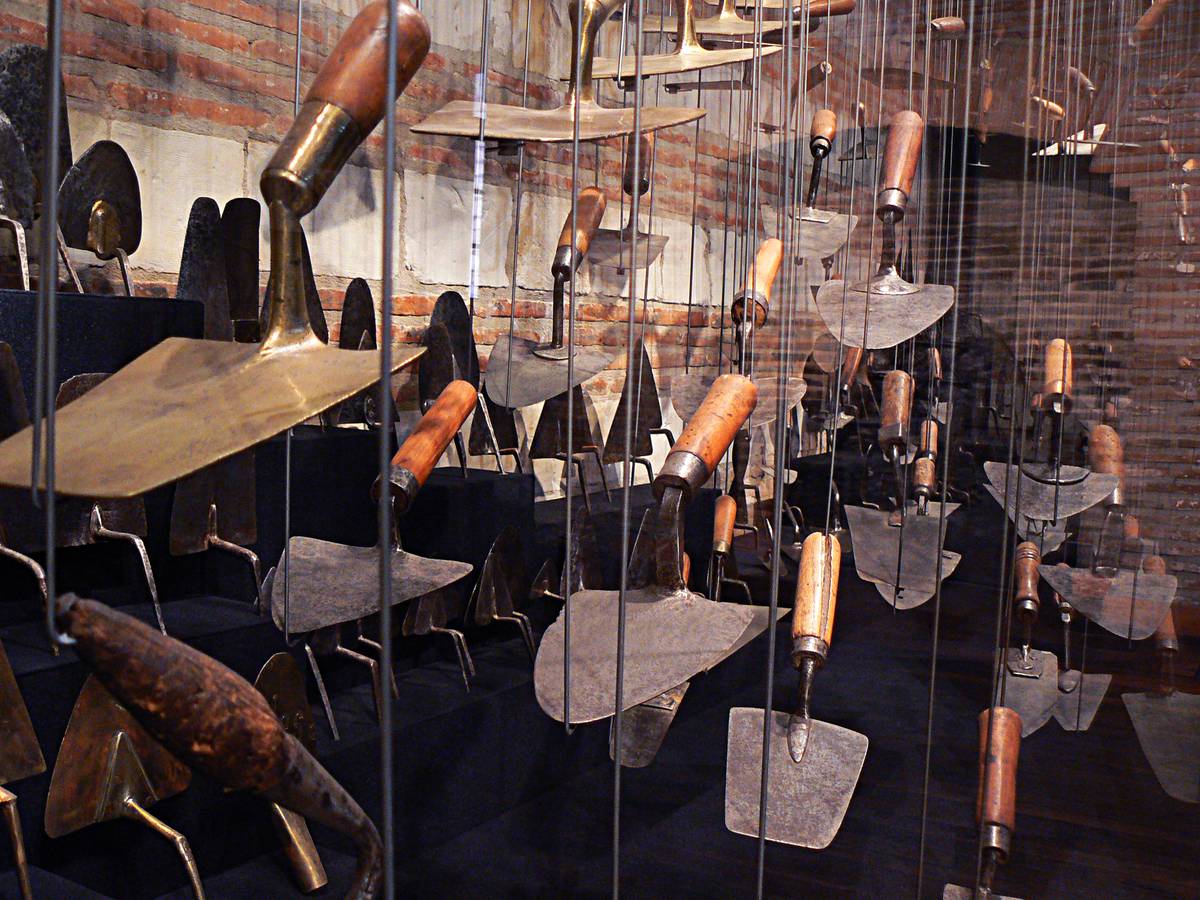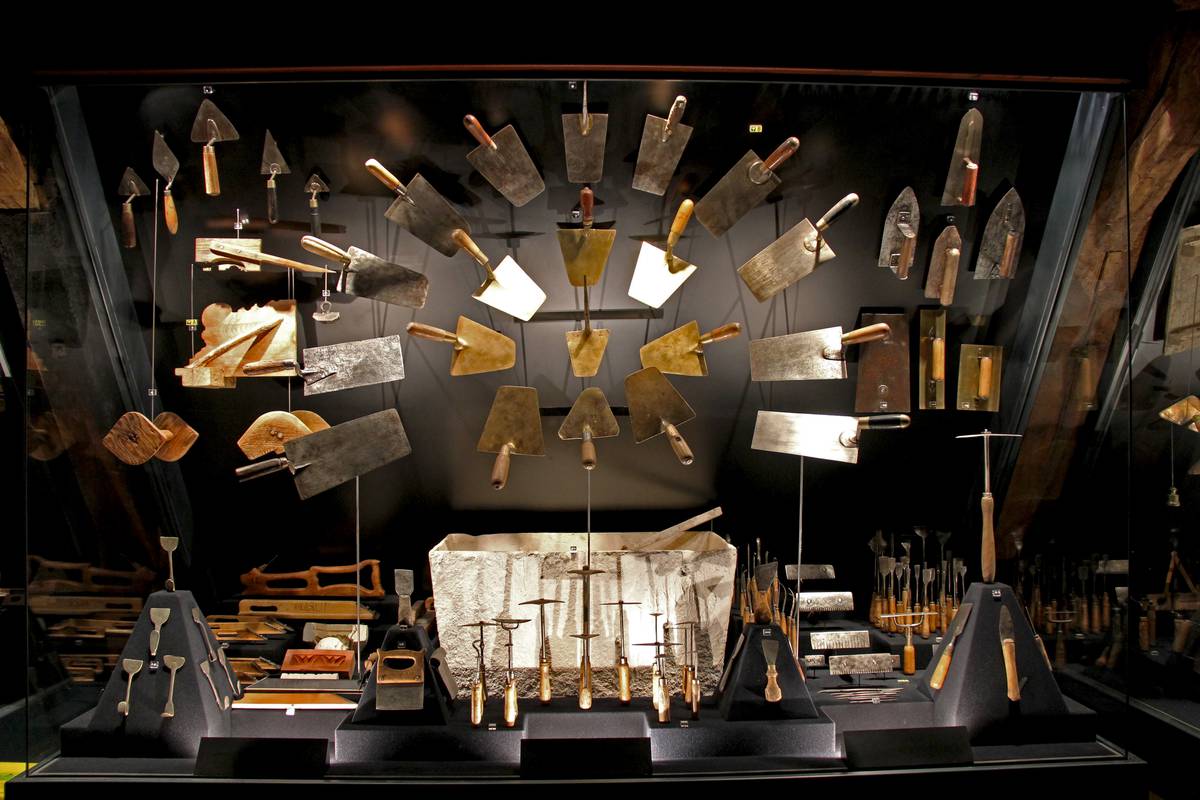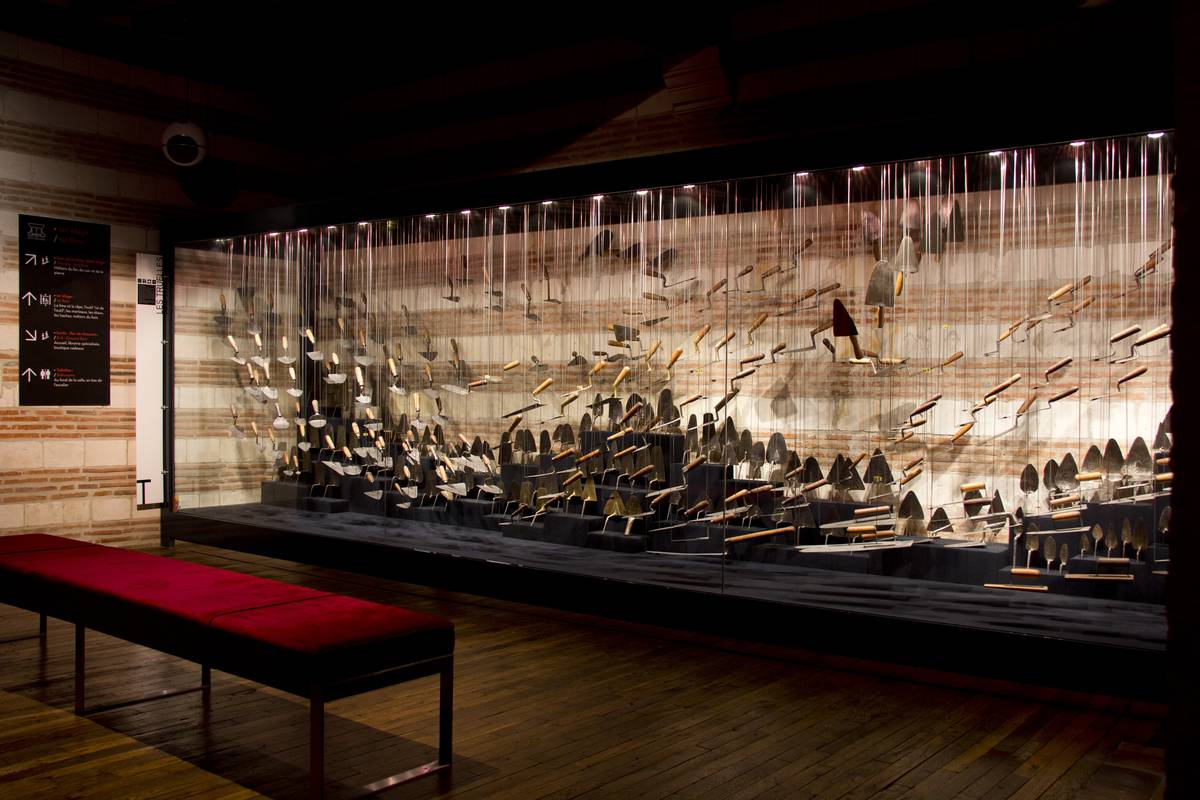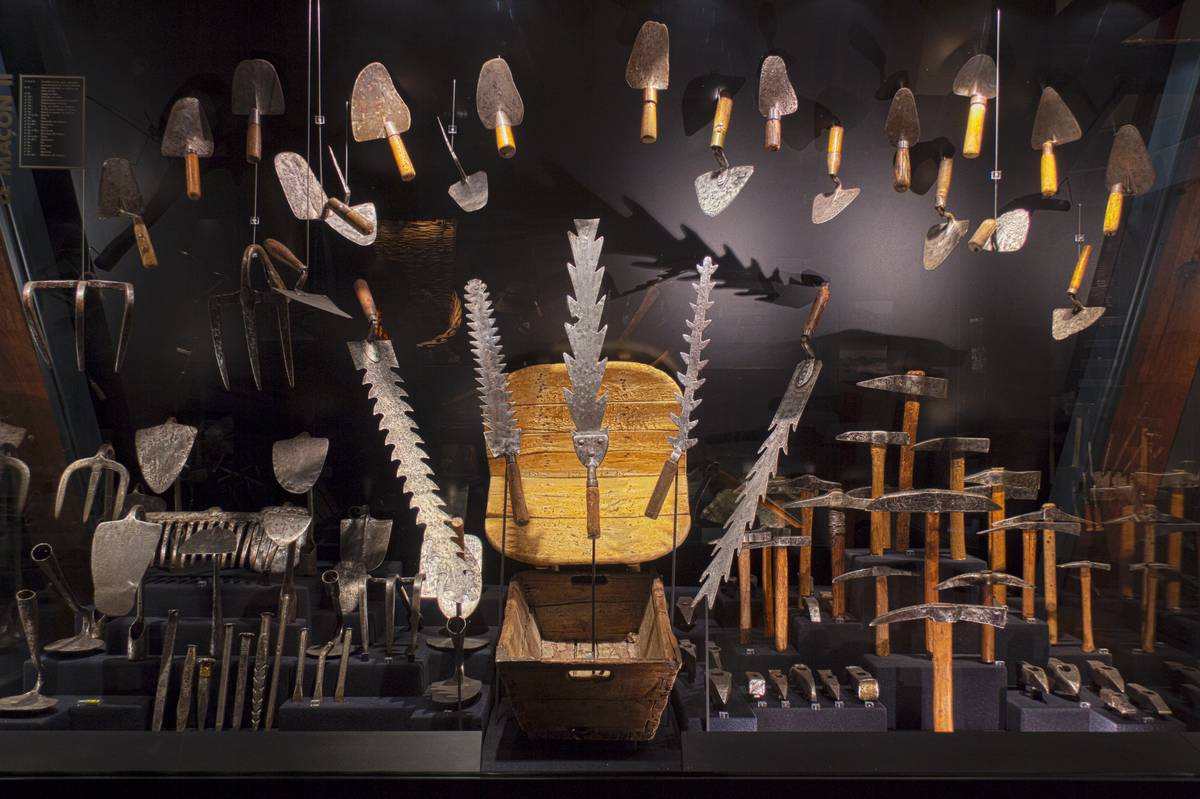Troyes, the home of the guilds
The birth of guild
The city of Troyes remains closely linked with the history of the Knights Templar, the Crusades and the French Guild of Travelling Craftsmen. The city is synonymous with corporations and religious orders. These groups of men were all united by a similar mindset and a common goal, some spiritual, others material.
The Aube département was the cradle of the legendary Order of the Temple and provided a vast number of volunteers for the Crusades. Today, it is proud to be recognised as the “official” birthplace of the guild tradition.
Can it really be claimed, without a shadow of a doubt, that the guild tradition was born in Troyes? It is highly likely that the workers’ and craftsmen’s organisations were contemporaries of the trades themselves.
Yet the task of determining a precise date of birth for this movement, the forerunner of modern trade unionism, is challenging to say the least. What we do know for certain, however, is that the first description of guild practices relates to Troyes.
The first description of guild practices relates to Troyes.
This description was provided by King Charles VI of France in a decree of 1419, which laid down the articles of association for Troyen shoemakers.
In his decree, the king wrote that “many guild members and workers in this trade, speaking many languages and from many nations, come to the city to work, learn, understand and become acquainted with one another; none of them stays here or marries because they cannot work by candelight at night […]”.
The Guild members of “tour of France”
This text refers to the nomadic nature of the guild members’ work. Later, the term “tour of France” would be used to apply their training process. Commentators often note that this royal decree refers to a trade that is unrelated to the activity of the cathedral builders. Why did the decree focus on shoemakers?
One possible answer is the fact that Pope Urban IV was born in Troyes and his father was a cobbler. As such the profession enjoyed a particularly prestigious reputation.
There are numerous records of travelling craftsmen visiting Troyes, including coopers (1602), stonemasons (1625), lace-makers (1629), drapers and weavers (1632), bakers (1663), furriers (1684) and glaziers and stained glass artists (1693).
The buzz created by the Champagne Fairs and the penchant for building demonstrated by the Counts of Champagne played a major role in the development of certain trades, and encouraged their representatives to form guilds. The great fire that ripped through a large part of the city in 1524 paved the way for a vast rebuilding project and attracted construction professionals from far and wide to Troyes.




